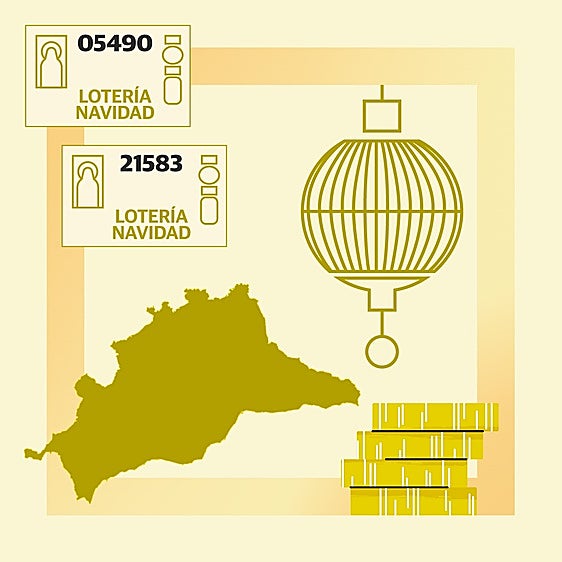Which type of hair removal is best?
Permanent. ·
There are several ways to remove body hair, depending on the type and colourISABEL IBÁÑEZ
Friday, 11 November 2022, 10:14
Anyone considering permanent body hair removal will find a market which offers suggestions such as Alexandrite laser, Diode, pulsed light, electric and much more. The information seems incomprehensible to most people, and they may decide to just go to their nearest beauty centre. Dr Izaskun Astoreca, a specialist in aesthetic medicine and nutrition at the Pedro Jaén Group's La Moraleja Biolaser Clinic, is well placed to offer advice on the matter. She explains that "there is no such thing as 100% definitive hair removal, because we have latent follicles that do not have hair but will do later. The laser sessions will destroy growing hair, but we can't do anything about the latent ones. Very young people have a lot of those, and as we age we have fewer. That's why laser treatments are more effective for older people," she says. Younger people need many more initial sessions and an annual follow-up to remove new hairs or those which were very fine and whose follicles were not destroyed. She advises going to medical clinics for this treatment, especially dermatology clinics "where there is a doctor with experience in laser depilation who can assess you," she says.
Here, Dr Astoreca provides some helpful information about the types of treatment available:
Alexandrite laser
Xxx xxx Xxx xxx xxx
This is most recommended for fair or light brown skins, and is most effective on residual or finer hairs. It is considered the gold standard of depilation, although it is not suitable for everybody. It cannot be used on very dark, tanned or black skin because there is a greater risk of burns.
Diode laser
Suitable for all types of skin, from the palest to the darkest. It is less effective when the hair is fine. It can be used on tanned skin although it loses effectiveness as more moderate parameters have to be used (the ideal is to wait one month after the last exposure to the sun to obtain the best result and minimise the risk of burns).
Pulsed light
There are very powerful medical pulsed lights which can achieve similar results to a laser but the market is full of low-power versions which miniaturise the hair without destroying many follicles. This treatment requires a great deal of training and is most effective on the facial area or when the hair is not the optimal colour.
Combination of all plus electric
The ideal is to go to medical centres which have different technologies. If we start with Diode sessions, it can be really effective to have Alexandrite for the final sessions to destroy residual hairs. Or we could begin with Alexandrite sessions and then, after the summer, opt for Diode if the skin is still tanned.
It is a good thing if the clinic has electric depilation facilities: a small shock to the follicles can destroy them. This is effective in cases of white hair that cannot be eliminated by lasers, hair that has become so miniaturised that it is no longer effective and facial hair in areas like the chin, because with the laser there is a risk of causing paradoxical growth (the opposite effect, where hair multiplies).
Depending on the area of the body
A person can have different types of hair which respond differently to the lasers. Dark, coarse hair responds best, which is why treatments on the mid-legs, bikini lines and underarms have the best results. Other areas with finer hair will respond more slowly, such as thighs, arms and upper lip. If the hair is extremely fine it is best not to treat it, because the result will be poor. On the lip, an Alexandrite laser treatment is most effective. And in the suprapubic area a Diode laser treatment may be best, because the follicle is deeper.
Pubis and anal area
An increasing number of young people are requesting complete depilation of the groin area because they have come to believe that hair in that area is synonymous with uncleanliness. From a medical point of view, however, a little hair in this area is not unhygienic and it protects the delicate skin from friction caused by fabrics and from infections (such as genital warts caused by the human papilloma virus, crabs or herpes, sexually transmitted diseases etc). My advice is to leave a little hair in the area of the labia and a little on the mons pubis, and trim the rest. For the remainder of the area I would recommend laser treatment, especially in cases of folliculitis. The hair in the perianal area has no specific function and can be removed; with a laser it is difficult to eliminate it altogether, though, because it is usually pigmented and it is rare for there to be coarse hair there.



